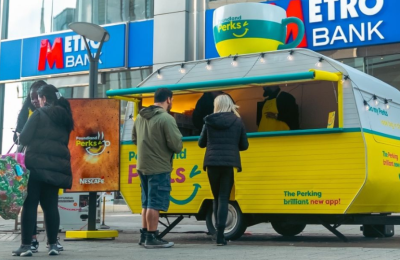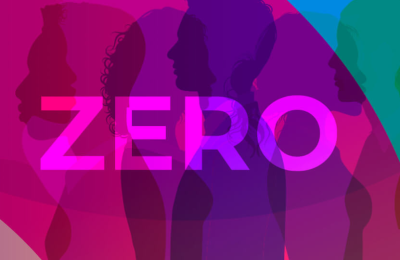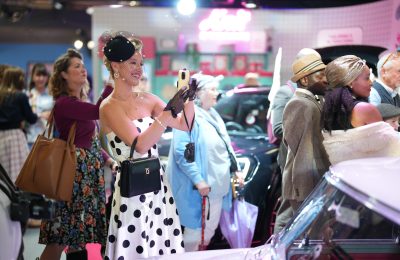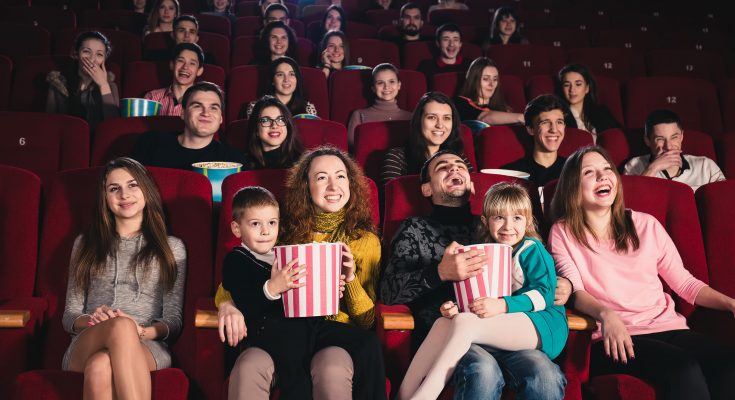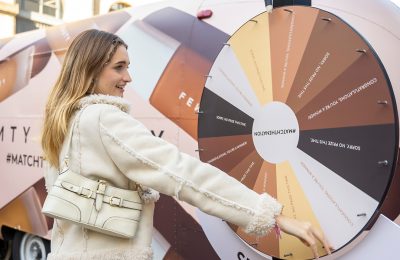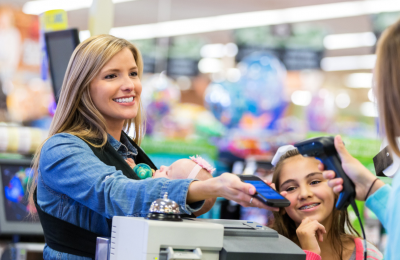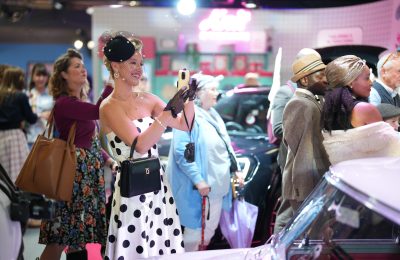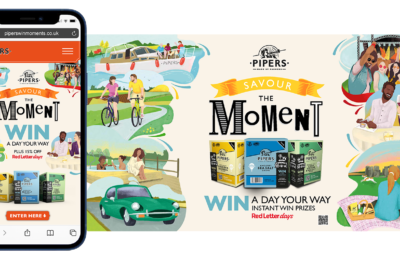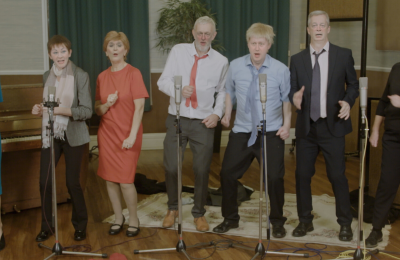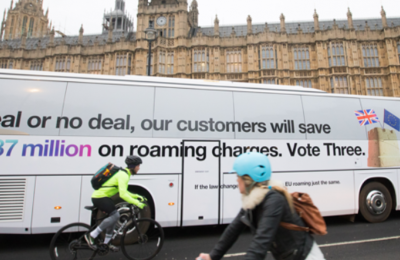We were given lots of advice on how to maintain mental wellbeing during lockdown.
We were told to create routines (check!), stay connected with friends (I am now an 80s pop quiz expert), eat well (hmm…define well?) and don’t drink too much (erm…). In following that advice we created safe spaces for ourselves and our families to cope with the mental challenges of lockdown life.
Now that lockdown is easing, some cannot wait to re-engage with society but for many of us it is more challenging.
The “safe spaces” we were encouraged to create can be difficult to give up. For some there is anxiety about reconnecting and living in this “new normal” covid world. For others it is the thought of re-engaging with society (whether at work or at leisure) having had little social interaction for over a year.
So how can a brand engaging with cinema help?
A visit to the cinema allows people to escape from their “safe place” but without the pressure that intensive social interaction can bring. It is a way to engage with other people while the “focus” is on something other than the actual interaction itself – the focus is on the movie.
A trip to the cinema can be good for the soul too. The British Journal of Psychiatry report that visiting cultural attractions such as the cinema regularly can see the risk of developing depression reduce by up to 48% (office of National Statistics figures suggest that depression rates doubled during lockdown).
Further research by the UCL Dept of Experimental Psychology in Association with Vue Cinemas even went as far as suggesting that a trip to the cinema can be good for the heart (and not just if you choose a good rom-com). Using smart-tech they found that for 40 minutes of a 2-hour movie the average heart rate increased to 40%-80% of the max which the British Heart Foundation says is the healthy heart zone.
Exit-polling in the same research found that the audience felt emotionally closer to their fellow visitors by the end of the movie than they had at the start. Just by sharing the movie experience they created social and emotional bonds with the people around them.
Bupa showed that the pictures, sound, colours and music of cinema can be linked to positive sensory stimulation. Their research (during a comedy) illustrated that laughter released endorphins, dilated blood vessels and left the viewer with a general sense of feeling relaxed and well.
Social media helped us to stay connected during lockdown but there is much research that suggests a long-term link between high social media use and depression. Cinema remains one of the very few media experiences which actively prevents the use of social media during its consumption (turn off your phone please folks) demanding total focus on the film.
Bupa likened that immersion to mindfulness as the cinema audience is forced to slow down, pay attention and be in the present. The demand to concentrate on the film was also said to distract from rumination (don’t dwell!) and negative thought patterns.
Adapting to lockdown took time. Coming out of it will also take time. Brands have the opportunity to help customers cope with coming out of lockdown in the same way that we helped them to cope with the isolation it brought about.
With a brilliant slate of movies there is truly something for everyone in cinemas in the coming months and with cinemas investing so much to ensure that the environment is safe and healthy, re-engaging with cinema as a promotional tool is viable, desirable and socially conscious.
Cinema remains not only one of the most consistent and desirable consumer incentives, and right now, it’s exactly what we need.
This article was written by David Pearson, CEO at Mongoose Promotions and The Cinema Society.

